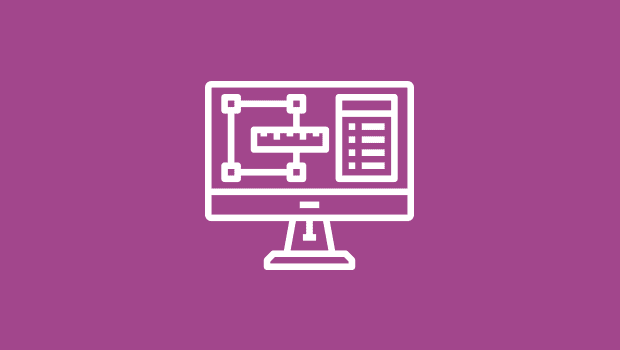Free Layout Zones Add-On is Incredible Productivity Tool

Let’s say you’re working on a layout but you need to get a colleague to design a piece of the spread — perhaps a coupon, or a sidebar, or an ad. Wouldn’t it be cool if you could just hand a piece of the layout to them? InDesign CS3 makes this possible by letting you import an InDesign file just as easily as you can place a graphic — so they can work in one InDesign document and you can then import their file into your layout. But a new, free add-on from Martinho da Gloria makes this process a hundred times easier and more efficient.
Technically, this “feature” is a set of scripts, but because they appear in the Edit menu instead of in the Scripts panel, no one would ever know that this feature is actually powered by a script.
And, if we’re going to be precise: It’s actually two features, not one.

The first, Edit > Layout Zone > Objects to InDesign Document, converts a whole page or the selected objectes on a page to an InDesign document for you (it asks you for a file name and a location to save it). The file it creates is exactly the same size as the objects.
But there’s potentially a problem: Sometimes text falls outside the text frame — for example, the descenders on the last line of a paragraph my stick out past the bottom of the frame. Fortunately, the Layout Zone scripts adjusts for this, automatically creating a bleed area the proper size for the text.

I’m not going to get into all the details of the features in the Options dialog box above, but you get the idea that you can create a bleed area around the selected objects to capture anything else that might be sticking out. For example, if you have a drop cap that is nudging out the left side of the frame, you’ll probably need to adjust the left bleed manually to accomodate that.
Anyway, once the Layout Zone feature creates the InDesign document, it places it back on your InDesign page, in exactly the same place as the original objects. It’s uncanny.
If this were all it did (as the song goes), it would be enough! But no, Martinho went further: The second option in the Edit > Layout Zone submenu is Linked InDesign Page to Objects. This actually converts any placed InDesign document back into editable objects in your document!

In fact, this works even if you’ve rotated, scaled, or skewed the placed InDesign document. In fact, lets say you cropped the InDesign document down so that not all of it is visible. You can choose Paste Into Selected Frame (in the dialog box above) and the editable objects become nested inside a frame so that they’re editable, but “cropped” in the same way as the placed INDD file was.
Now, this process of converting a piece of your layout may sound familiar to you, because this was the great promise of QuarkXPress 7’s “composition zones” feature. But Quark mangled that feature so badly that it’s nearly impossible to use. (I’m not being biased here; even some folks at Quark have admitted this.) Of course, QX’s Composition Zones is not round-trippable. That is, you can’t convert the composition zone back into editable objects. This little, free script gives you the best of all worlds.
The Workflow
So, back to the original premise: You’re working on a layout… you have some text and graphics, but you want someone else to design them nicely. Now you can select those objects, choose Edit > Edit > Layout Zone > Objects to InDesign Document to convert them into an INDD file which replaces the original objects. Give the INDD file to the designer to make pretty.
When they’re done, you can just click Update in the Links panel (to update the InDesign document). Or you can choose Edit > Layout Zone > Linked InDesign Page to Objects, to convert that person’s design back into editable pieces in InDesign.
In my opinion, this script is life-changing.
Where to Get the Script
Now, where do you get it? Why, right here, of course! As Tim Cole mentioned on his BackChannel blog, Martinho da Gloria has generously made this available to anyone. Just visit automatication’s web site to download it. (If you like Layout Zone, pay special attention to the Donate button on that page!) click on the button below to download it. (You may need to right-click on it to save the file.)
After you download it, unzip it, and put the LayoutZone folder loose in the Scripts folder (inside the InDesign application folder). Next time you relaunch InDesign, you’ll find the Layout Zone features in the Edit menu.

If you think this is amazing (I do), and you’re looking for someone to do custom scripting, feel free to contact Martinho via his Web site.
This article was last modified on December 18, 2021
This article was first published on February 26, 2008




